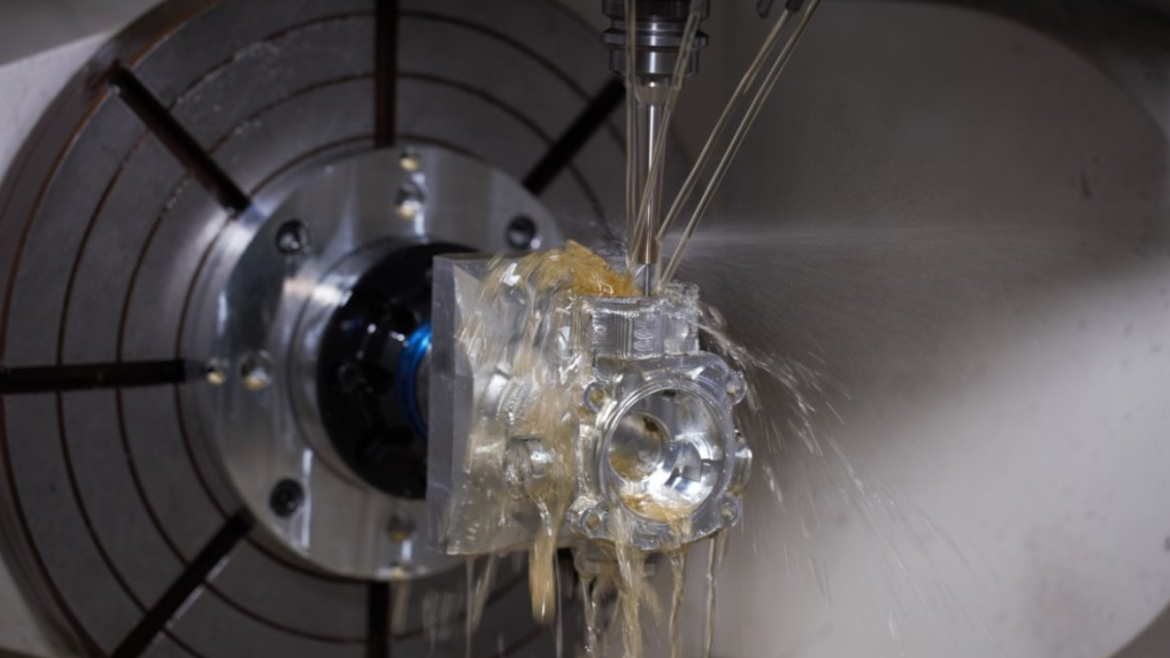A compact, non-magnetic, corrosion-resistant, silvery-white, ductile material, aluminum is also a non-reactive metal. Due to its corrosion resistance and electrical conductivity, aluminum manufacture is therefore very competitive. Making competitive product lines for businesses to obtain an advantage as abrasive machines.
A variety of procedures that help produce various completed pieces made of any material collectively fall under the wide word “machining,” which serves as an umbrella term. The outcomes you see are the product of various low- and high-cost aluminum part techniques working together.
Can Aluminum Components be Recycled?
Yes, aluminum is very reusable and recycling uses a lot less energy than producing aluminum from scratch. The gathering of goods having aluminum is the initial step in the reusing of aluminum. Beverage cans, automobile components, construction supplies, electronics, and other items are examples of them.
Common collecting locations include aluminum recycling facilities, curbside recycling programs, and scrap yards. After being gathered, the aluminum pieces are sorted to distinguish them from other materials.
Does Working with Aluminum Parts Require any Special Safety Measures?
Safety precautions, such as adequate ventilation while managing aluminum dust or fumes generated during processes like melting or cutting, must be taken into account when working with aluminum parts. Furthermore, precautions should be taken to minimize prolonged exposure to aluminum dust and contact with rough edges.
To shield your eyes from particles that fly, water, and other dangers, put on eye protection or lenses. To protect your hands from cuts, and punctures, and handling hot items, use gloves made of suitable materials. Use a respirator or dust mask if you need to avoid inhaling airborne dust or fumes while working in such an environment. Wear the proper attire to avoid skin exposure, particularly when working with hot aluminum or edges that are pointy.
Types of Aluminum Machining
Different types of low-cost and high-cost aluminum CNC machining processes individually produce the results you see.
Turning
One of the most frequent procedures when it comes to machining tasks is turning in the fabrication of alloys of aluminum and metals. It makes use of a revolving workpiece and a cutting tool. Cutting tools are used to remove the workpiece exterior layer or substance as it spins. As a result, the length is decreased to provide the necessary dimension.
Drilling
One of the crucial material machining procedures in the production of aluminum is drilling. Cutting is involved in the drilling range, although more uniquely than in most others. Drilling is by far the most popular machining technique for aluminum, even if turning may be one of the most often used techniques.
Aluminum is a soft metal with a strong-to-lightweight ratio, making drilling relatively simple. The low melting point of aluminum, nevertheless plays a significant role in determining the type of drill that should be utilized for the machined parts after the drilling process in aluminum manufacturing.
Milling
A tool with several edge cutters that run into elements like a rock climbing machine is used in the milling process to machine metal. By rotating as they move into a workpiece, the cutters remove materials from the desired surface region. Milling is one of the most frequently employed techniques to create the parts as required when an aluminum part needs a precise design or pattern.
Deep Hole Drilling
A crucial minimally invasive strain relief method in mechanics is deep whole drilling. As part of the process, an anchor hole is drilled into the component, and its diameter is precisely measured before and after tension is released by trepanning coaxially around it. The initial residual stresses can be determined using flexibility theory by comparing the variations between the measured diameters before and after stress release.
Surface Finishing
There is also a sort of aluminum machining used in metalworking that concentrates on skin finishing to eliminate roughness and sharp edges. Surface finishing is the process of changing a metal’s surface, particularly after alloys have been machined. It is a measurement of a product’s entire surface texture, which is determined by the three factors of surface texture, waviness, and lay.
Conclusion
Aluminum is a material of choice for many industries because it is flexible, durable, and corrosive- from aerospace to automotive, electronics to architecture. Its use will probably continue to develop as long as there is a desire for energy efficiency, lightweight construction, and environmental solutions.
